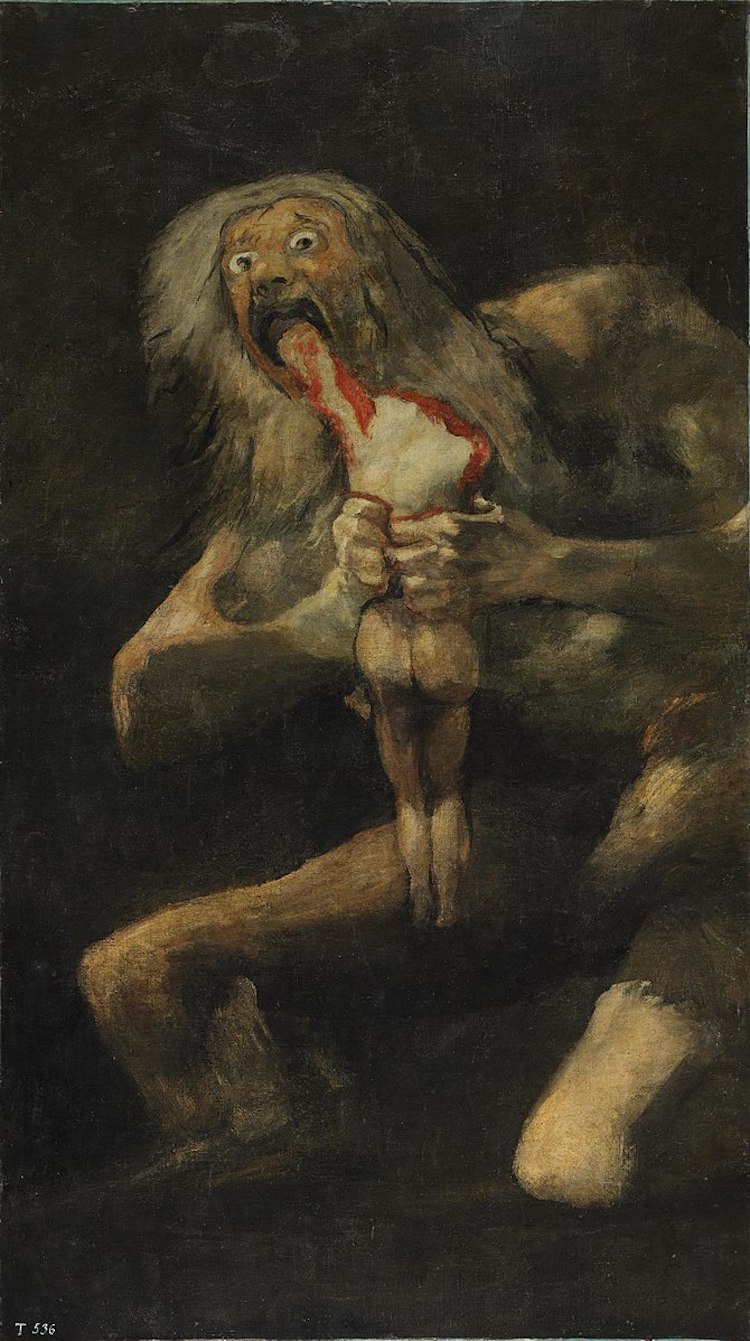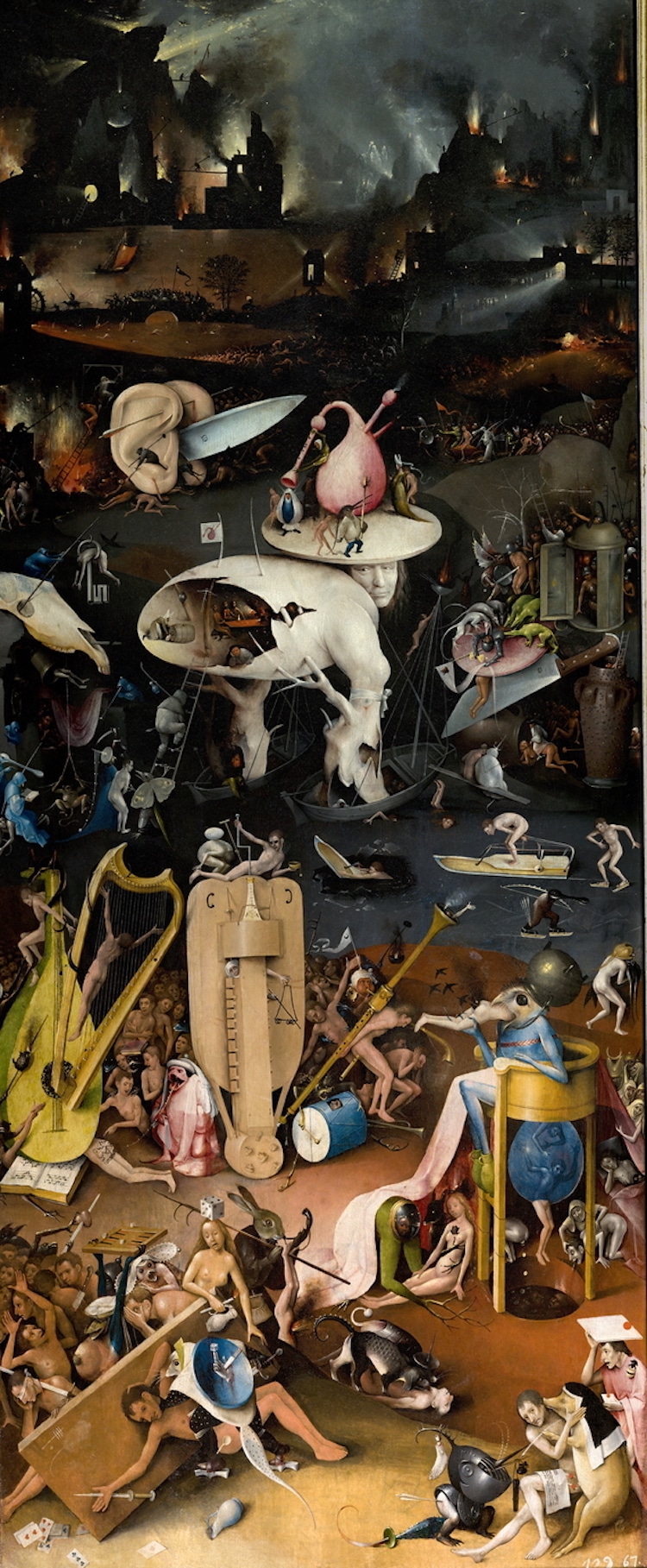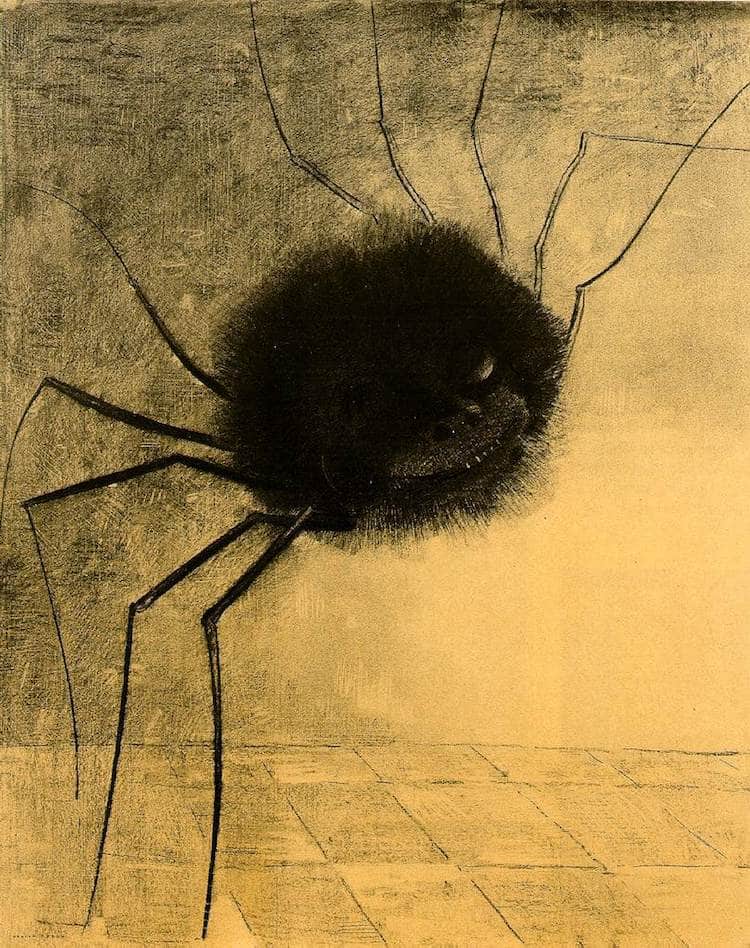Spooky season!
It’s October, so you know what that means! Skeletons, horror movies, cool props and decorations, costume parties, and candy. It’s the beginning of the holiday season that will wrap up the year faster than you can catch your breath. With Thanksgiving, Christmas, and New Years, all major celebrations, coming around back to back with Halloween night, in the span of just over three months, it’s the only way to wrap up the year.
So, in the spirit of Halloween, allow us to celebrate with all of humanity’s fascination with horror and terror, immortalised in paintings. These paintings are old, and their impact on our modern culture is undeniable, and even if you’re someone who doesn’t enjoy art that much, you’ll still find some reverence in the significance of these works. Check them out yourself.
#1 Big Electric Chair – 1967

It’s explained on Tate;
Made by the American artist Andy Warhol, Electric Chair 1964 consists of a medium-size canvas that has been screenprinted with silver acrylic paint. In the centre of the canvas is depicted an unoccupied electric chair set in an empty room, and the chair bears a high-backed frame, as well as leather straps at its foot and longer straps and buckles at its sides. A cable running out from underneath the seat lies curled in front of the chair. Behind it, a small wooden table is shown against the back wall, and a barely visible sign that reads ‘Silence’ is positioned in the top right corner of the composition.
#2 Girl with Death Mask (She Plays Alone) – 1938

On Kahlo, they wrote;
Girl with Death Mask (1938) is a painting by renown Mexican artist and cultural icon, Frida Kahlo. The oil painting presents quite a striking image of a little girl, believed to be Frida herself, wearing a skull mask. It is in part representative of the Mexican festival of the Day of the Dead, or Dia de los Muertos. This festival is held every year to celebrate death rather than to mourn it. People flood the streets throughout Mexico wearing masks like the one the little girl wears in the painting.
#3 Judith Slaying Holofernes – 1614/1620

KhanAcademy says;
Rivulets of blood run down the white sheets, as Judith, a pious young widow from the Jewish city of Bethulia, beheads Holofernes, general of the Assyrian army that had besieged her city. Moved by the plight of her people and filled with trust in God, Judith took matters into her own hands. She coiffed her hair, donned her finest garments and entered the enemy camp under the pretense of bringing Holofernes information that would ensure his victory. Struck by her beauty, he invited her to dine, planning later to seduce her. As the biblical text recounts, “Holofernes was so enchanted with her that he drank far more wine than he had drunk on any other day in his life” (Judith 12:20). Judith saw her opportunity; with a prayer on her lips and a sword in her hand, she saved her people from destruction.
#4 Medusa – 1597

On Caravaggio, they write;
Medusa was a Gorgon monster, a terrifying female creature from the Greek Mythology. While descriptions of Gorgons vary across Greek literature, the term commonly refers to any of three sisters who had hair of living, venomous snakes, and a horrifying visage that turned those who beheld it to stone. Traditionally, while two of the Gorgons were immortal, Stheno and Euryale , their sister Medusa was not, and was slain by the mythical hero Perseus, the legendary founder of Mycenae and of the Perseid dynasty. According to the story, she was killed by Perseus, who avoided direct eye contact by using a mirrored shield. After Medusa’s death, her decapitated head continued to petrify those that looked at it.
#5 Pyramid of Skulls – 1901

#6 Saturn Devouring His Son – 1819/1823

#7 The Garden of Earthly Delights – 1500/1505


#8 The Nightmare – 1781

#9 The Scream – 1891

#10 The Smiling Spider – 1887

What did you think? What did they make you feel? Tell us all about it

GIPHY App Key not set. Please check settings